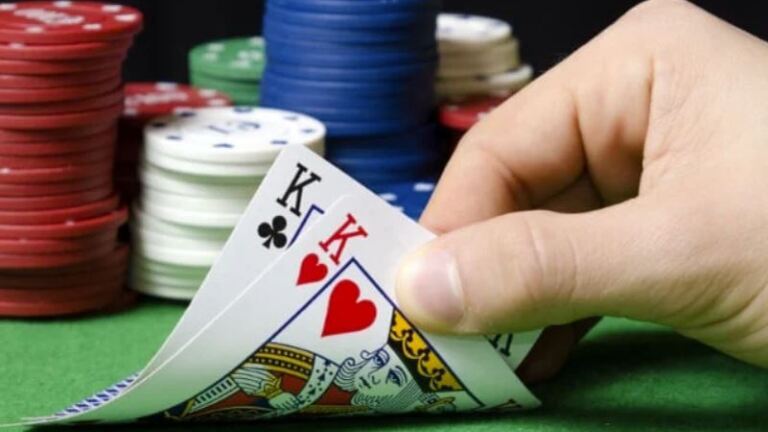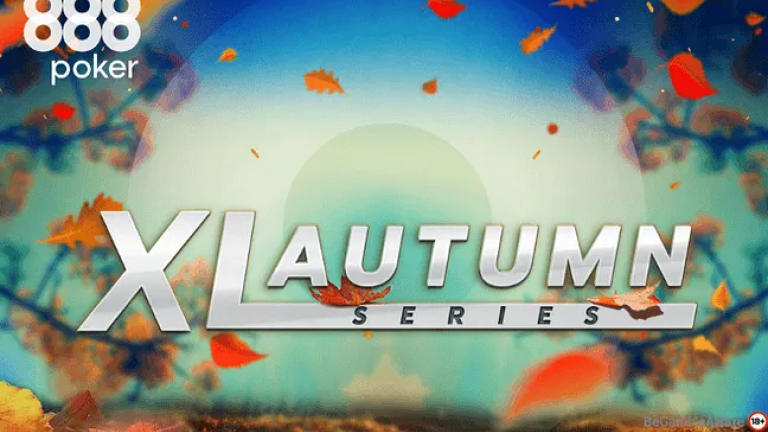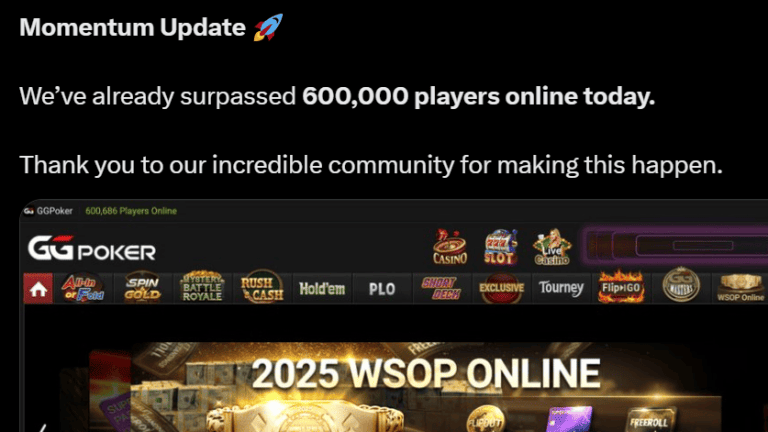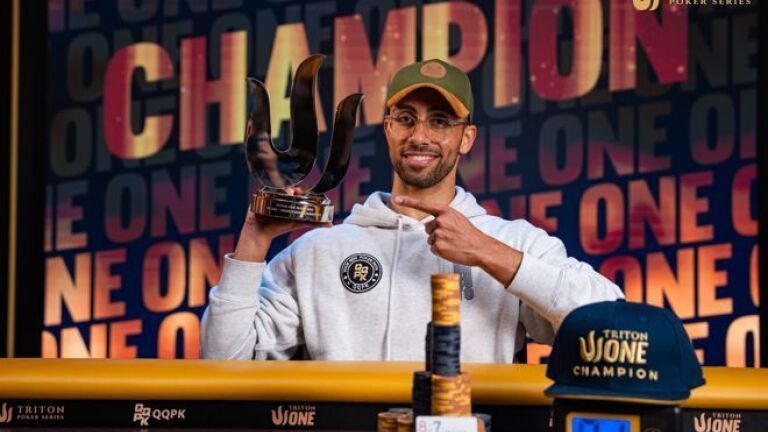Why do we bluff in poker?
Bluffing is a core element in the game of poker. Often, we need to bluff because our hand has less than 50% equity to win the pot. Still, that's not the only nor sufficient reason to bet as a bluff.
In fact, bluffing is more of a complementary part of the game. When fighting for the blinds, antes, and the whole pot, our range contains value hands with more than 50% of EQ. Of course, nobody would pay off your bets if you'd only put money into the pot when you have a value hand. That's one of the main reasons you'll also need bluffing hands. The amount we can bluff will depend on how broad this value range is and how big we can size in a particular spot.
Theoretically, the betsize compared to the pot gives the ratio of how many bluffs we can have. There is a breakeven point mathematically; if your bluffing hands reach that ratio compared to your value hands, you'll make your opponent indifferent to calling or folding. You can write down this equation as the following:
Your bet / (Your bet + Pot)
For example, you are on the river, and you'd like to calculate how often your bluff should work to make your opponent indifferent to calling. Let's say the pot is $100, and you want to bet 2/3 pot. Using the formula;
66 / (66 + 100) = ~40%
So, you can bluff around 40% of the time to make the play break even.
Once you understand this, you can always calculate how to construct your range value-bluff ratio. For the most common situation, it might be a good idea to memorize these numbers:
| Your bet size | % to make it breakeven |
| 33% of the pot | 25% |
| 50% of the pot | 33% |
| 66% of the pot | 40% |
| 100% of the pot | 50% |
| 150% of the pot | 60% |
| 200% of the pot | 67% |
How much EQ do we need to bluff?
Let's debunk a misconception about how much EQ we need to make bluffs. You might have heard in a friendly live game or from beginners a comment like, "How could you bluff with so few outs?" or "How could you bet without having at least a draw?" These players seem to misunderstand the whole concept of bluffing, relying mostly on their hands' EQ and discarding all other factors that would make a bluff profitable.
In some cases, you don't need to have EQ to bluff at all. Just think about a river spot where you have 8-high in position. Regardless of the previous action, there is zero chance you will win at SD. Hence, you likely need to bluff always in this case.
Of course, there are more nuanced situations where you should mostly bluff with a low EQ hand, and the contrary is also true when you shouldn't bet as a bluff even with a high EQ hand. The idea is about looking at the ranges and determining whether it's a favourable spot for you. An excellent example for the first is when you range c-bet a board in position. Let's say BTN versus BB; you bet 1/3 pot with your entire range on ♥️K♣️J♦️2. A hand like ♠️7♠️6, for instance, has very low EQ on this board. Still, it's such a favourable situation that you can afford to bluff even such a bad hand.
Another example for a high EQ hand that you probably shouldn't bluff is the following: you have a pair+draw on the turn, CO vs BB after opening and c-betting the flop, and you have the option to double barrel. The board is ♦️K♣️T♦️2♠️3, and your hand is ♦️T♦️9. So you have decent EQ. Still, it would be a big mistake to turn your hand into a bluff, which beginners tend to overlook. You can hear them saying: "I can call a raise", "I have like infinite outs to improve", or "If Villain is stronger, it's a cooler", etc. In reality, they are in much worse shape when they are raised by a strong range, and it's totally unnecessary to turn their hands into a bluff. This latter part is very crucial to notice, namely that it's improbable your hand performs better than 50% against a calling range on this board, naturally meaning that you would be bluffing.
So it's not about the EQ of your hand but about the spot you are in. You might need no EQ at all or need to slow down even with a high EQ bluff for other reasons, like range construction, balance, etc.
How to choose hands to bluff
Sometimes, it's obvious which hands to bluff, especially when you have very tight ranges or few hands to choose from. Other times, you struggle because the ranges are vast, and you have many candidates.
The biggest mistake inexperienced players make is to use only EQ-driven bluffs, causing inequality in certain branches of the game tree. An ordinary example is betting all of the flush draws, so if you did not bet and the flush gets there on the next street, your range is crushed. At the same time, low EQ bluffs are missing from the same betting range, so you have zero or very few bluffs when the flush gets there.
Therefore, when you choose hands to bluff with, you must consider your whole range and act accordingly. Estimate how much equity your hand has, if you have any SD value, and if it's a good spot to bluff, in general.
During a hand, ranges are getting narrower as betting rounds filter the possible hands that continue. In some spots, ranges are so narrow that you might count all the possible combos easily. Such as in 4bet pots or a river spot, after multiple streets of betting. In such a case, your hole cards might play a significant role in blocking or unblocking part of Villain's range that might call you or fold against your bet. In this case, you can use this information to your advantage;
You open the BTN 2,5bb and BB calls. The flop comes ♥️K♣️5♦️2, you c-bet 1/3 pot, and the turn is the ♠️Q. You decide to overbet 175% of the pot, and Villain calls again. The river brings the ♠️3, and after BB checks, you go all-in for two times of the pot. On the river, your opponent would fold all hands except a straight and some solid hands that didn't check-raise on earlier streets, such as 55 or K5 for a set or two-pair. Having A5s or 54s is terrific from a blocker perspective. Will you always play them this way? Of course not. Will the runout consistently be this favourable for these two cards? Surely not. However, it would be best if you noticed that these hands would be great candidates as a bluff in this spot.
As a reminder, don't overrate your blockers in spots where ranges are wide since they add only a small part to the decision-making. Don't fall into the trap of overbluffing because you have a reason out of many that support bluffing.
Villain and pool tendencies
We have yet to discuss the exploitative part of the game. Luckily, your opponents will have leaks. Your job is to find where and how they deviate from the optimal strategy. When they overfold, your bluffs become profitable (and you can bluff even more than you "should"); when your opponents underfold, your bluffs become –EV plays and you lose money.
So, in general, should we bluff less or more? The answer is "it depends." Some spots are still massively overfolded, and some are overcalled compared to GTO. Due to their extent, we'll examine profitable spots to bluff in the next article.
Summary
Today, we've discussed the basic principles of bluffing and how it is an inevitable part of poker. Now you understand the math behind the theory: how the bet size compared to the pot gives the ratio of the number of bluffs we can have. Remember, don't fall into false evaluation based on your hand's equity; instead, see the spot as a whole and act accordingly. Sometimes, it is simple to choose bluffing hands, and at times, it's a more complex task. You need to estimate how much equity your hand has and if it has any SD value. Besides that, you need to consider if your cards have a removal effect and if they are relevant at the moment. Last, you need to consider whether it is a good spot to bluff.
Now that you are familiar with the basics of bluffing, we'll move on to exploitative ideas to consider in the following article.
















0 comments